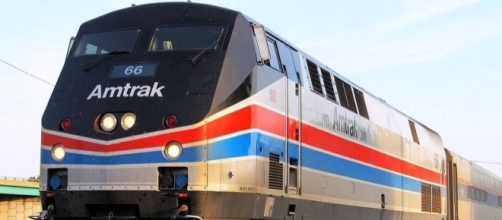Anyone who has been to Europe is at least aware of the major role the railroads play in the continent’s transportation network. In the U.S. however, Train Travel has taken a back burner to other options. With fuel prices so low and airlines subsequently cutting fares, more people are choosing to fly now than they ever have. The Bureau of Transportation Statistics reports that domestic airlines saw ridership increase by more than 135 million passengers between 2003 and 2016. Over the same period of time, average airfares decreased by $61.
Compare that to Amtrak’s ridership statistics: between 2002 and 2012, Amtrak saw ridership increase by only 1 million passengers while average fares increased by only $5.
And while airline ridership has grown at a rate faster than US population growth, Amtrak has seen threats to its budget in recent weeks which have so far not come to fruition.
Train travel is unlikely to expand in the near future.
The U.S. is simply just too big for train travel as it exists here to be effective. Long distance journeys take days on end and, without a place in one of the more expensive sleeper rooms, the comfort level of a 6 day trip is appealing to few. Amtrak also doesn’t own the tracks that it runs its trains on. They’re owned by freight companies, which means that passenger trains are often delayed while they wait in a siding for freight trains to pass. Because of this, train travel has gained a bad reputation with American travelers.
Is a Solution to Amtrak's woes in sight?
The solution seems simple: if the US simply invested in high speed rail on a national scale over the next couple decades, it’s possible that ridership can increase. Amtrak saw ridership increase in the Northeast Corridor after it began to offer high speed rail service in 2000. This isn’t all that likely to happen in the near future. Domestic air carriers cannot want to compete with high speed rail for a share of the market and thus will put great effort into lobbying against any large-scale development of high speed rail networks nationally. And with the Amtrak budget only just spared from the chopping block under the new budget, it appears as though the current administration isn’t looking to do Amtrak any favors anytime soon, and developing rail networks .
For now it seems the future of American passenger railroads remains in limbo. Without a network of high speed rail throughout the country, the U.S. can never hope to provide the quality of service required to revitalize the industry. How the situation pans out for California's beleaguered proposed high speed rail network, will be emblematic of the place high speed rail holds within the framework of our transportation system.


